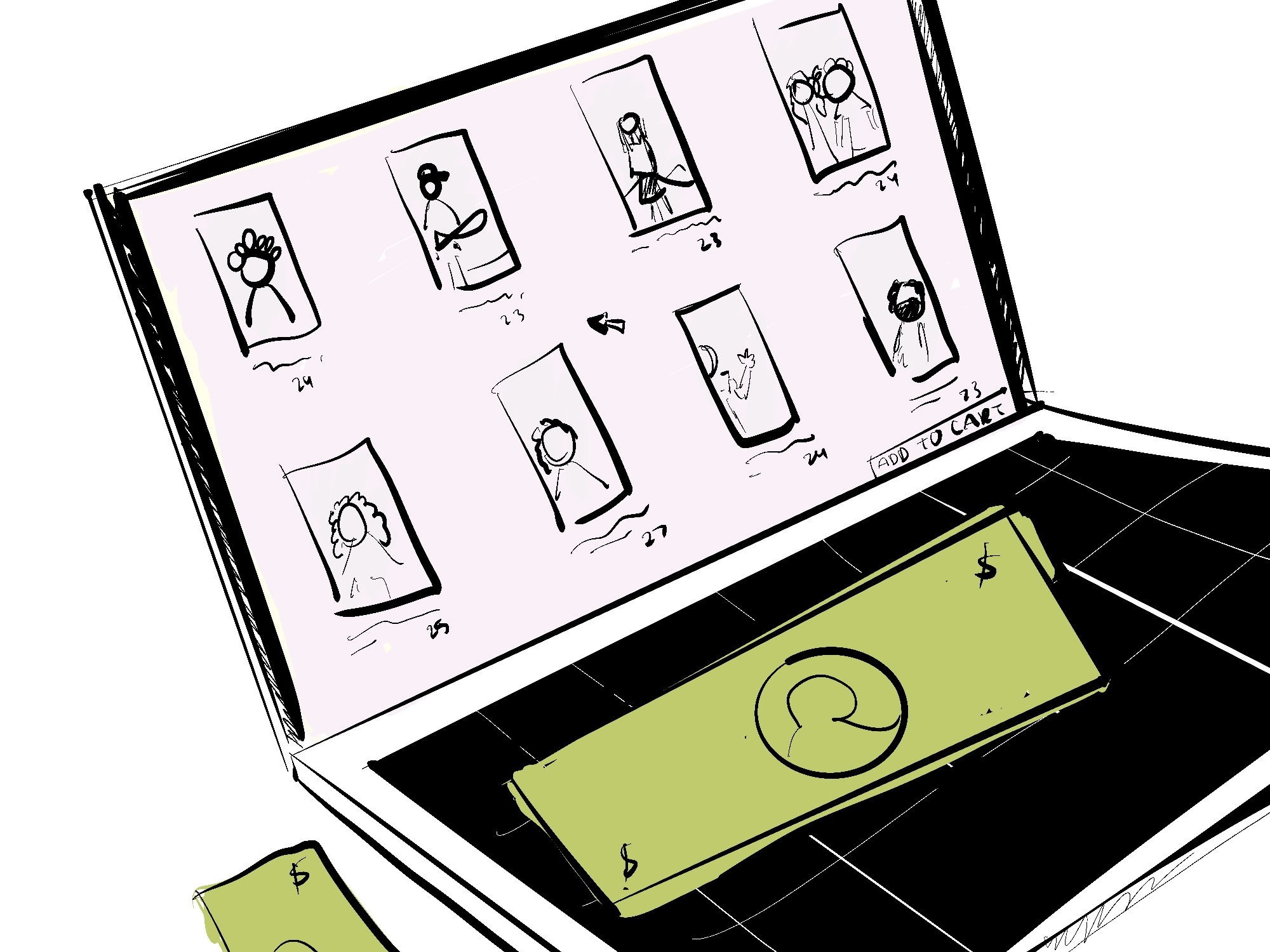The dating scene has changed drastically over the past decade. One-in-five partnered adults under 30 say they met their current spouse or partner on a dating site or app. What once was a chance encounter at a local coffee shop has now become a pastime enjoyed in the comfort of one’s bed. You swipe, read for a few seconds, scroll and delete as people become items in an online shopping cart.
Since when have dating apps become the new trip to the mall? Has online shopping gotten this out of hand where we can now order groceries, medicine and now romantic partners all on the dotcom?
Personality must be easily conveyed through five photos, a short bio and two or three answers to “character-defining” questions. Sometimes, this selection is limited to just one or two images. With social media accounts, users get to decide what type of person they want to be and how they want to conduct and portray themselves.
The “love industry,” as some like to call it, has only increased in popularity and usage. The pandemic contributed to the rapid growth of the industry. Tinder’s busiest year was 2020, breaking records and accumulating 3 billion swipes in a single day. People found themselves filling the gaps of intimacy — even amid a global outbreak.
The pandemic redefined our dating habits for good, and answered the question of why people are so averse to meeting in real life.
Our economy is trending towards an instant gratification or “on-demand” economy, with a desire for all what we want in the here and now. Dating apps have begun to capitalize on this trend, expediting the “meet-cute” and the talking stage, and jumping straight to third or fourth date territory. Consumers have become so designed to do just about everything online that it was inevitable for dating to transition to the web.
With our attention spans at an all-time low at 8.25 seconds, down from 12 seconds in 2000, our options are presented as limitless, as consumers can go through hundreds of eligible singles in just five minutes.
These trends still remain post-pandemic. Many individuals discount what the pandemic did for consumerist behaviors and the trends it encouraged and revived.
The problem these apps create is the illusion of choice. Just like many consumers are stumped with what top to order online, those in search of a romantic partner can struggle to pick just one. It is projected that there will be over 65 million users partaking in online dating by 2028. The proverbial pond of fish is growing, spanning across countries and states.
Hinge released their most successful prompts, or the ones that led to the deepest conversations. Some of the top ones were: “I go crazy for…,” “My love language is…,” or their favorite, “The way to win me over is…”These are prompts that one would reach on the fifth or sixth date, but are now expected to be answered before even exchanging phone numbers or social media handles. The idea of “getting everything upfront” makes individuals ever more selective.
The infamous Tinder swipe has also expanded to other industries. iFinder matches home buyers and sellers through allowing both users to swipe on their counterpart. Swipewipe allows camera roll clutterers to make space with their “swipe right to keep” and “swipe left to delete” feature.
If anything, online dating has expanded our horizons and affirmed the idea that there is more than just our close circle out there. However, we need to be aware. Our shopping carts may be full, but that doesn’t mean we can afford all of which we are storing.






















































































































